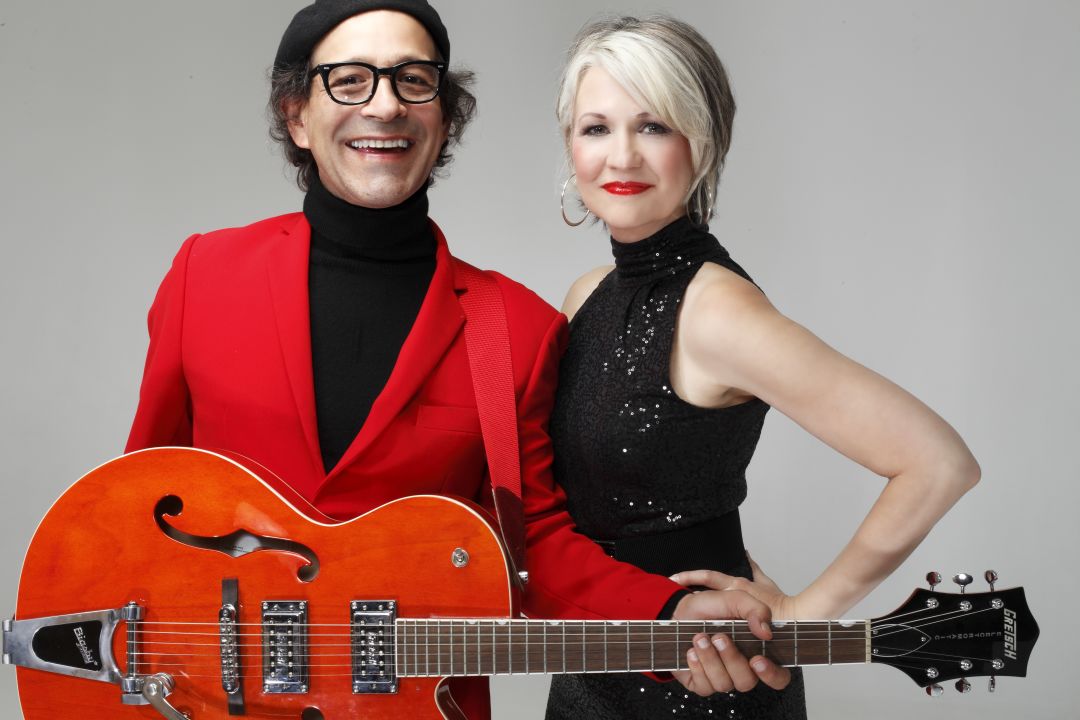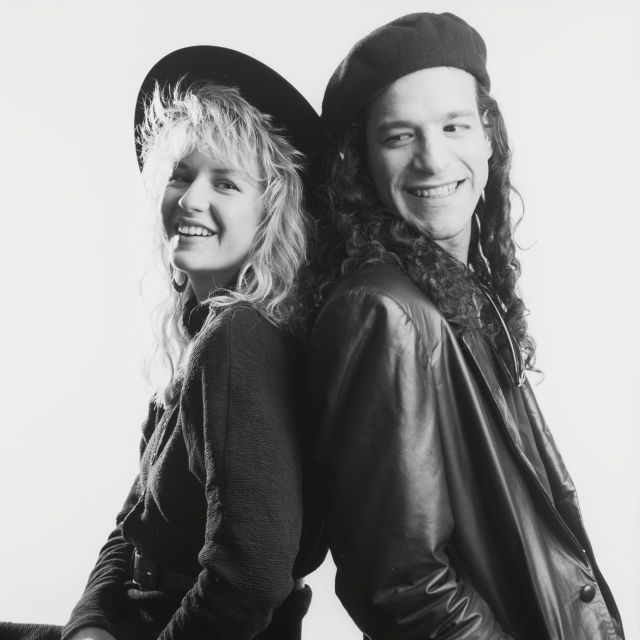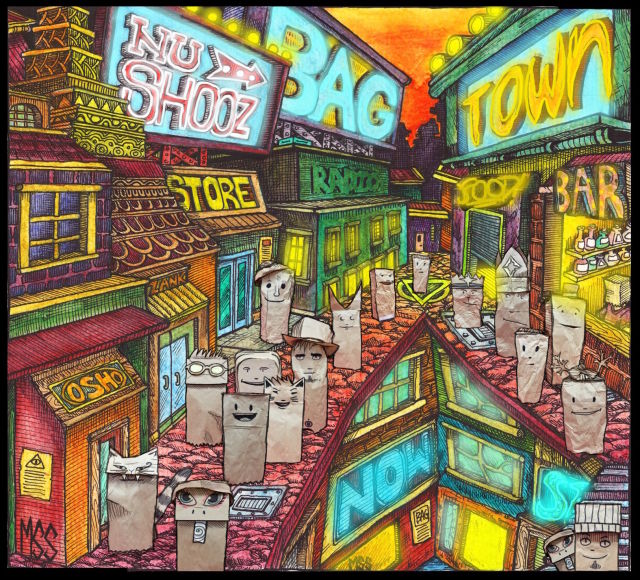Nu Shooz Returns with New Tunes

John Smith and Valerie Day return as Nu Shooz
Image: Hiroshi Iwaya
They went from being jobbing musicians in '80s-era Portland to national pop stars—and then couple Valerie Day and John Smith, aka Nu Shooz, dropped off the musical radar. Now, three decades after earworm hit "I Can't Wait" put them on the national radar, they're back with a brand-new album, Bagtown, and some live shows lined up. We caught up with Day and Smith to talk about Portland in the '80s, aging, and bag puppets. Seriously.
What was Nu Shooz before "I Can't Wait" put you on the national radar?
Valerie Day: We had a band that played four hours a night, two to five nights a week, for seven years in Portland before anything ever happened with “I Can’t Wait," or Atlantic Records, or any of it! At that point in Portland’s club history, some of the laws had just changed, making it possible for live bands to play where there was alcohol. So there was this kind of bacchanalian period of time.
Where did "I Can’t Wait" originate?
Day: "I Can’t Wait" was written in about 1983 in a batch of songs that John was trying to get finished in rehearsal. Because we played four hours a night, we were always trying to get new material into the book. We went into the studio to record it with an engineer named Fritz Richmond.
John Smith: Fritz Richmond was a seminal member of the Village folk scene in the early sixties. He knew Bob Dylan, he was in Maria Muldaur’s band, he invented granny glasses … He engineered I "Can’t Wait," and gave us a lot of tips about how to make it a single, which we didn’t know.
The song ultimately got you a record deal with Atlantic in 1986, and a massive new audience. How did that change your lives?

Nu Shooz, back when it all began
Image: Nancy Bundt
Day: For the seven years before "I Can’t Wait," we were toiling away in relative obscurity in Portland. I remember the first time I heard it in the car on the radio when I was driving home one day from the store, and I couldn’t believe it! I was singing along to myself on the radio! It thrust us into this whole world we really didn’t know existed. We were into music for music’s sake, we didn’t really know about the music business so much.
Smith: The music business isn’t as interesting as you think it is. You get behind the curtain, and like every industry, it’s mundane in its own way.
Between 1992 and 2013, you stepped out of the limelight. Why did you take a break from Nu Shooz?
Day: We spent four years making a third record for Atlantic, and they didn’t put it out, and we just looked at each other and went, "This isn’t fun." That was September 13, 1992. We told our manager, "We’re done."
Smith: We actually never left music. Valerie was an in-demand session player right away, then taught voice for 20 years, and in those same 20 years I fell into doing commercials.
Day: And we were lucky because we got to do music and be here in town and raise our son, who was born in 1995.
So what prompted the decision to reunite?
Day: We kept getting these calls from agents and promoters, asking us if we’d like to do these tours with 10 or 12 different other '80s acts. They were persistent, and this one agent kept calling us, saying, "The audiences are so fun, everybody has a great time, you’re going to love it." Our son at that point in time was graduating from high school, so we were were feeling like, "Let’s get out of the house, it’s been 20 years." And she was right: it was amazingly fun, and we also had a great time with the other acts on the tour that we’d never played with before—it was kind of like your high school reunion where everybody’s dropped all the pretense. We were just playing our two and a half or three hits, without a band, and that was fun and all, but we missed playing the other music that we had spent years and years accumulating.
Smith: We missed playing music, period.
Day: And we missed the band, so we decided, let’s get the band back together.

Bagtown, with cover artwork by Day and Smith's son, Malcolm Smith
Smith: We got to the end of our first year of shows, and it was clear we had a great home studio and suddenly we had this great version of the band again, and it just seemed obvious that it was time to make a record... I started thinking about this lunch bag our son had at kindergarten, that had a face on it. We named it Bag and we loved this bag. The synaptic jump from there was that all the different kinds of music you like are your bag. From that, I started making bag puppets. There ended up being 20 or 30 of them—it started taking over the whole studio. I started to hear these signals emanating from "bagtown," of what kind of music they wanted to hear, and it was definitely a party. So the whole record came out of that, and the writing flowed right out of that.
Day: It’s been a joy to make this record.
Smith: It’s the most fun we’ve ever had.
Day: I think we’ll keep on doing it until it’s time for the next thing to happen, and I’m so glad that we get to do it again, because the audiences are wonderful and this new music is really a blast, and we know more than ever that nothing lasts, because we’re old enough to see the cycles of life go by, so we’re just grateful we get to do this one more time before we’re not doing it again.
Nu Shooz plays at Marylhurst University on Friday, July 15.
